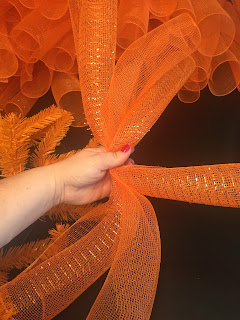In
our area, the most common mortgage loan programs are FHA, Rural Housing, VA,
and Conventional loans. Interest rates with these programs are similar to
each other, but their main differences are the down payment, debt-to-income
ratio, who is eligible, and the home’s condition requirements.
FHA
Loan – Federal Housing Administration
o
Requires
3.5% of the purchase price as a down payment
o
Lower
credit scores could qualify for a FHA loan – which makes qualifying much easier
o
Allows
for a higher debt-to-income ratio
o
The
borrower can apply for a 15 or 30 year mortgage loan
o
Can
usually close the loan in 30 days
o
The
condition of the home you’re are purchasing has to be in near perfect condition
– no peeling paint, cracked windows, safety hazards, etc
USDA Rural Housing
Loan – US Department of Agriculture
o
100%
financing available – NO down payment - Not limited to First Time Home Buyers
o
Requires
a minimum of a 640 credit score
o
Lower
debt-to-income ratio
o
Available
for 30 year mortgage and limited to rural areas
o
Can
usually close the loan in 45 days
o
Home’s
condition needs to be move in ready, but doesn’t require it to be in perfect
condition
VA Loan – US Department
of Veteran Affairs
o
100%
financing – limited to US Veterans
o
Low
monthly payments – Private Mortgage Insurance (PMI) is NOT required
o
No
down payment required
o
Closing
costs are also lower because of Non-Allowable Settlement Charges. These are charges that our Veteran is not
allowed to pay and the Seller is required to handle the cost.
o
The
Veteran can apply for a 15 or 30 year mortgage loan
o
Due
to VA’s underwriting procedures, it can take longer than 45 days to close the
loan
o
The
home must also be in near perfect condition – especially no safety hazards, if
a staircase has more than 3 steps a handrail is required, etc.
Conventional Loan
o
Requires
5% of the purchase price as a down payment
o
Requires
a higher credit score
o
Low
debt-to-income ratio
o
Borrower
can apply for a 10-30 year mortgage
o
Can
usually close the loan in less than 30 days
o
Most
lenient on condition – The home could
have outdated plumbing and electrical, be considered a “fixer-upper” or an
investment property.
photo credit www.phmc.com
TN License #324769 - Office License #255219
865-599-8780 direct/text
865-579-3868 office
cmoodyhomes@live.com
facebook @ cmoodyrealtor & twitter @ @cmoodyhomes
*Disclaimer* Each loan program
has a “standard” debt to income ratio guideline but keep in mind that each
borrower is different and some may be able to go higher. Each lender could have different credit score requirements.




















